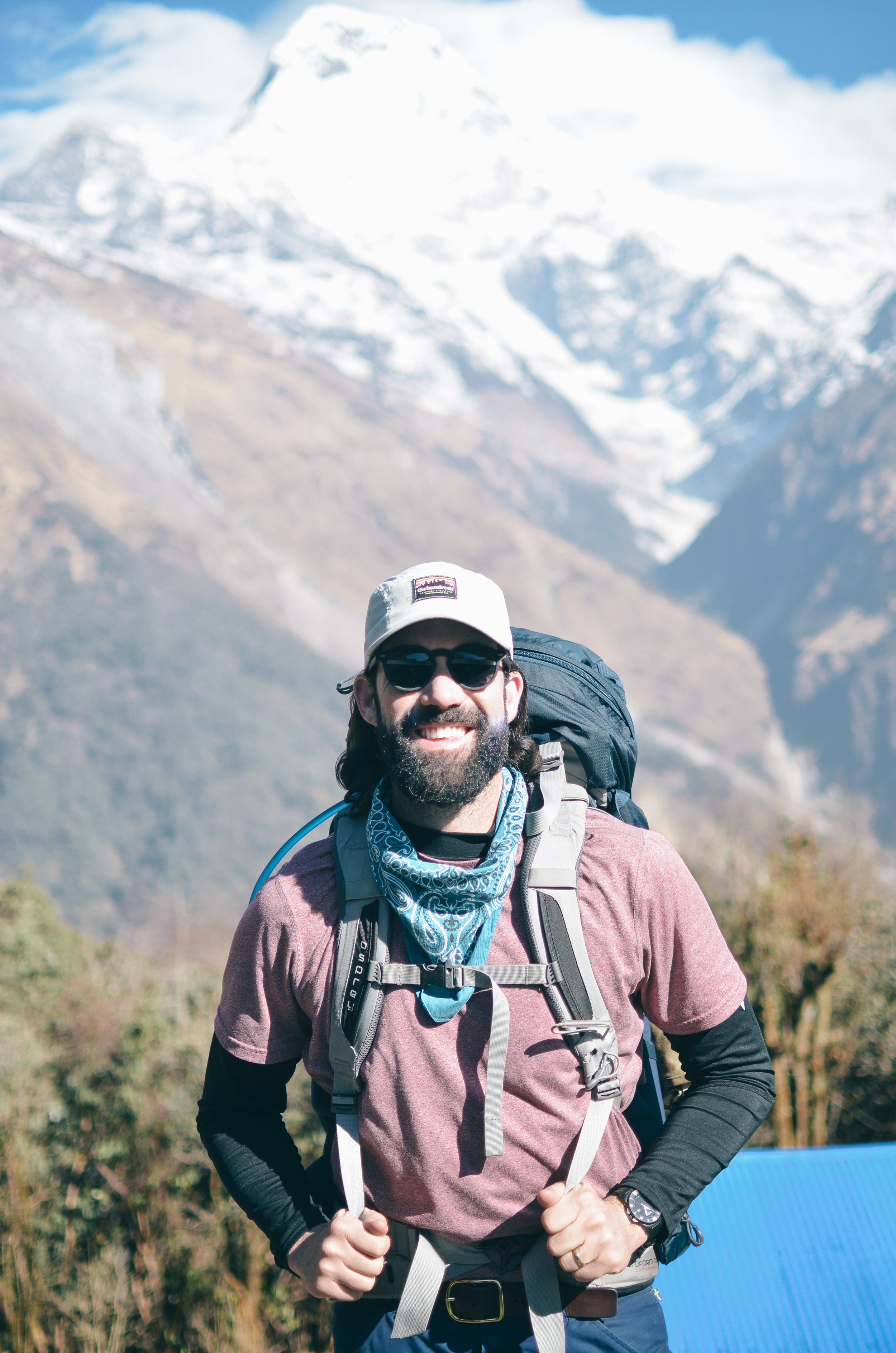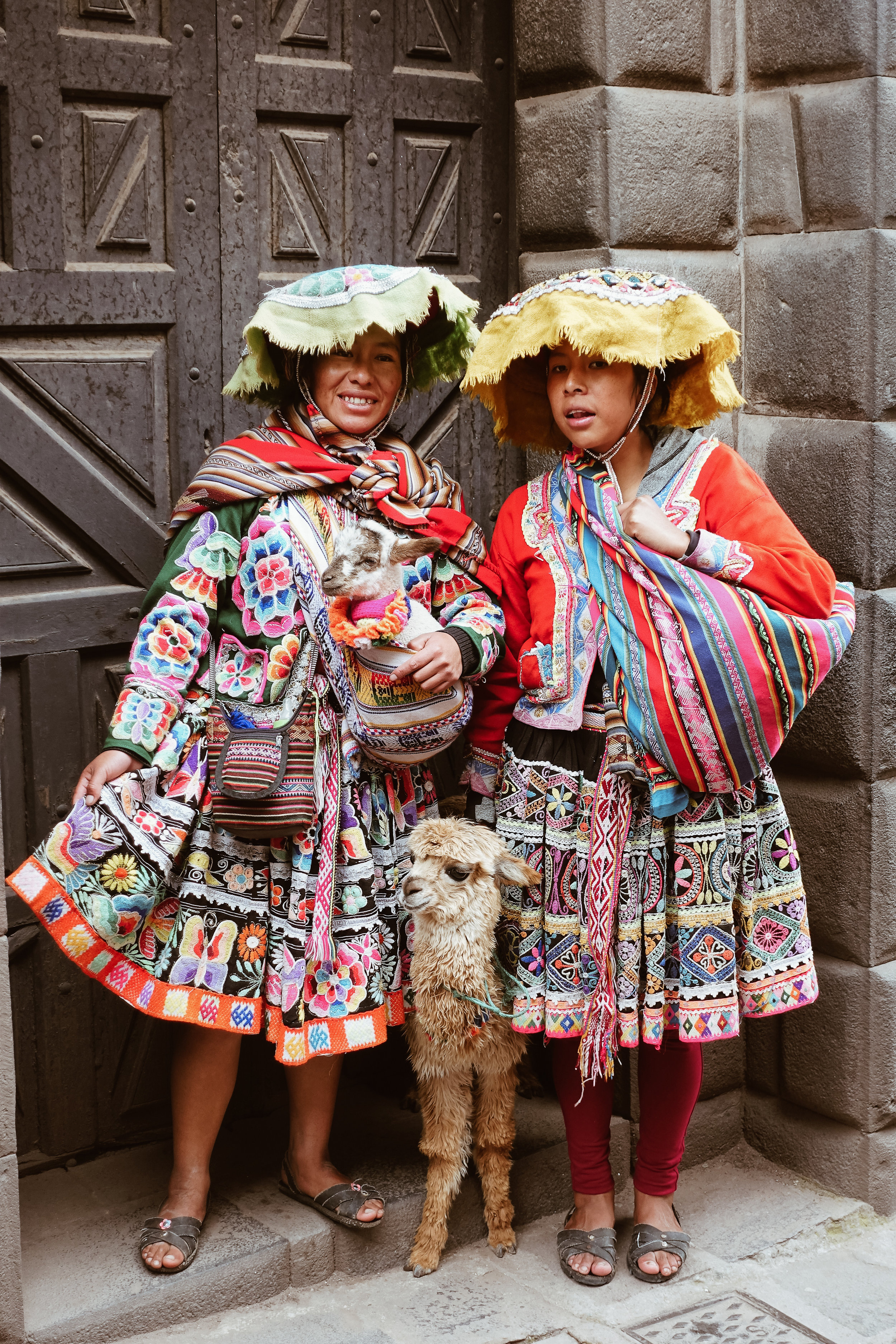PARIS > KATHMANDU > BALI > SYDNEY > AUCKLAND > BUENOS AIRES
i had always heard of "around the world tickets" – which sounds really great but always seemed to have a ton of hidden rules and restrictions. on top of that, most of them make you get on the phone with a travel agent or a drawn out email back and forth...what is this 1980?! when we decided to get serious about taking our extended travel trip, we came across the website INDIE, a simple and powerful way to book multi-stop international flights. we started to play around with their web interface – entering the cities we were interested in, rough dates, and then clicking around to see the prices change based on dates, airlines, routes, etc.
before we knew it, we had 5 destinations across 4 continents at a price we assumed was 100% incorrect. for $2,500 we had all of our "big leg" flights covered. it helped that we were able to fly tuesday - thursday and there were a few weeks between each of these flights – giving us the flexibility to book smaller trips in between.
WERE THEY SKETCHY AIRLINES AND CRAPPY SEATS?
no. every airline we flew was top rated and safe, we were able to choose our seats just like on any other flight and include our loyalty numbers. we were even upgraded on our flight to kathmandu via air india.
WHAT IF YOUR PLANS CHANGE?
normal fees apply if you want to change any of these flights – however, we used world nomads for all of our travel insurance [including health], and they will cover you, if your plans change. they also proactively email you if any of the flights in your itinerary have changes, cancellations or anything else notable.
P I N F O R L A T E R:






















































































